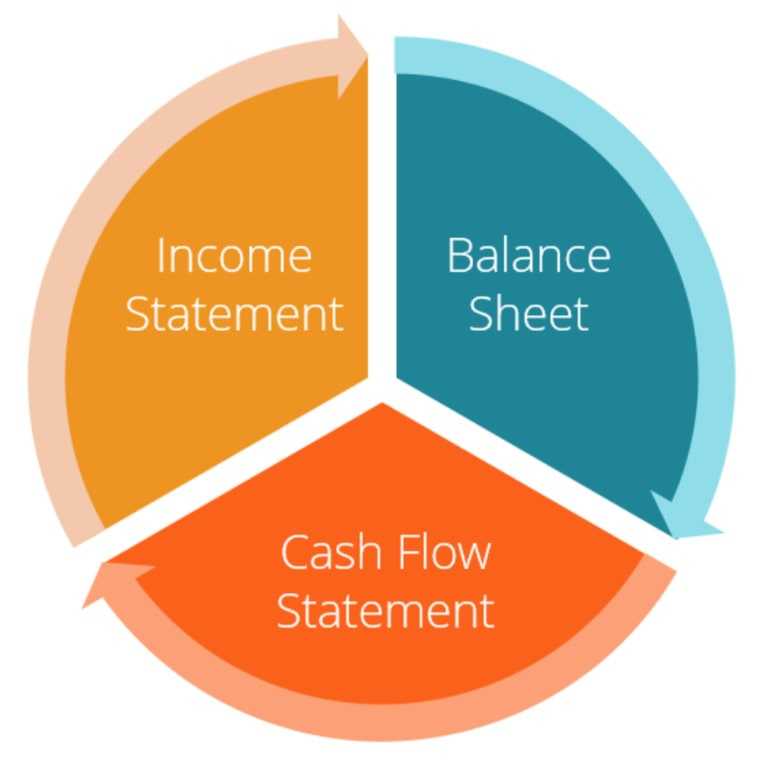Financial Statements Analysis - 5 Easy Steps You Can Follow

Before I begin my discussion of various steps that are required to produce a standard financial statement analysis, I would like to define what a financial statement and financial statement analysis is.
What Exactly Are Financial Statements?
Financial statements are written records that convey a company's business activities and financial performance. Government agencies, accountants, and firms, among others, frequently audit financial statements to ensure accuracy and for tax, financing, or investing purposes.
What is Financial Statement Analysis?
Financial statement analysis is the process of analyzing a company's various financial documents in order to make an informed decision about that company.

Financial statements include the following:
Income statement: To show the profits and losses of each business.
Balance sheet: To show the assets, liabilities, and equity of each business.
Cash flow statement: To show the incoming and expenses of the business.
Income Statement
An income statement, also known as a profit and loss (P&L) statement, is a summary of your company's profits and losses over a given time period.
The statement can be prepared monthly, quarterly, or annually. After you've decided on a time frame, break down your company's revenue and expenses on the statement.
An income statement demonstrates how well your company performs over time. It calculates your business profitability.
Balance sheet
A balance sheet is a statement of a company's financial position that lists its assets, liabilities, and owners' equity at a given point in time.
The balance sheet is considered as the most important of the three main financial statements used to demonstrate a company's financial health.
The basic formula of Balance sheets:
Assets = Liabilities + Shareholders’ Equity
Cash flow statement
A cash flow statement is a report that shows how much money your company earned and spent over a specific time period.
Cash flow statements also show how much cash you have on hand, as well as cash equivalents such as bank deposits, short-term investments, and other assets that can be converted to cash.

It is vital for every financial professional to know how to evaluate a firm's financial statements effectively. This calls for an understanding of three main areas:
- The composition of the accounts
- The economic characteristics of the market in which the business operates and
- The tactics the organization pursues to distinguish itself from its rivals.
To produce an accurate review or analysis of financial statements, there are usually five steps.

Step 1 - Identify the economic features of the business
First, define an overview of the value chain for the industry-the chain of activities involved in the development, processing, and delivery of the goods and/or services of the business.
Step 2 - Existing products or services
At this stage, you will need to check the quality of the product/service provided by the organization, including product uniqueness, level of profit margins, brand loyalty formation, and cost control.
In addition to this, never forget to consider factors such as the convergence of the supply chain, regional diversification, and diversification of the sector should be considered.
Step 3 - Financial statements consistency assessment
Under the sense of the applicable accounting principles, evaluate the main financial statements.
When analyzing balance sheet accounts, issues such as identification, valuation, and classification are critical.
Whether this balance sheet is a complete reflection of the economic situation of the company should be the key concern.
Another key argument while reviewing the income statement is to accurately measure the quality of profits as a full reflection of the economic output of the company.
The assessment of the cash flow statement helps to explain the effect of the liquidity situation of the company over the duration of its operations, acquisitions, and financial activities, basically where funds came from, where they went, and how the company's overall liquidity was affected.
Step 4 - Analyze the viability and risk
In the assessment of the organization and its financial statements, this is the stage at which financial advisors can truly add value.
Major financial statement ratios connecting to an asset, liquidity, profitability, risk/market valuation, and debt management/ coverage are the utmost common investigation means.
With regard to profitability, there are two general queries to be asked and these are:
- how profitable the company's activities are in comparison to its assets, notwithstanding how those assets are managed or funded.
- how profitable the company is from the perspective of the equity shareholders.
Learning how to disaggregate return measures into primary impact factors is also relevant.
Finally, looking at the current ratios in comparison to those from previous periods or relative to other businesses or market averages, it is critical to evaluate the financial statement ratios in a comparable way.
Step 5 - Prepare financial statements for predictions
While it is always difficult, financial professionals must make reasonable assumptions about the company's (and its industry's) future and assess how these assumptions will affect cash flows and financing.
This also takes the form of Pro-forma financial statements, based on approaches such as the percentage approach to revenue.
In conclusion, there are more questions that need to be addressed until the company's review and its financial statements are finished.
One of the most important ones is: "to what extent can we really trust the numbers that are being given to us?" "There are several recorded cases of irregularities in accounting.
It is vital for financial professionals to comprehend how these forms of manipulations are perpetrated and, more importantly, how to spot them, whether they are referred to as aggressive accounting, earnings management, or absolute fake financial reporting.
References
Author Bio
The Editorial staff includes content researchers from various areas of knowledge. They add a plethora of expertise to the Hubslides Editorial team. They constantly and frequently oversee, produce and evaluate contents that are most ideal to aid impacting knowledge to readers.
Article Comments
No Comments!
At present there are zero comments on this article.
Why not be the first to make a comment?
Similar Articles
Sponsor
Search Articles
Experts Column
Latest Articles
Featured Articles
Most Popular Articles












